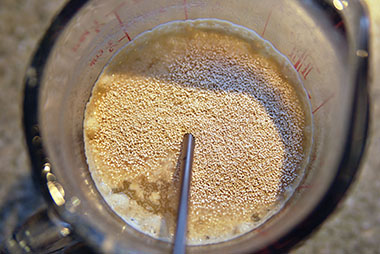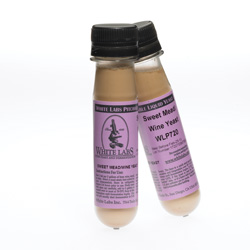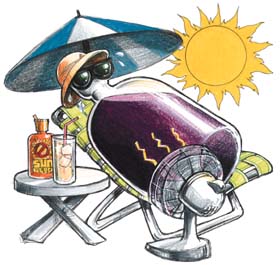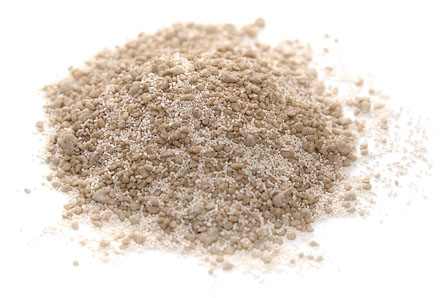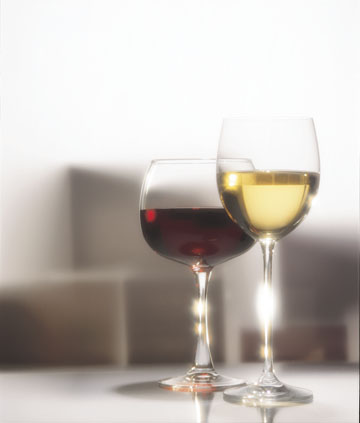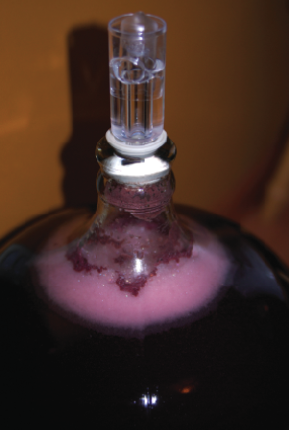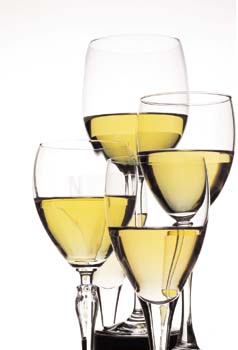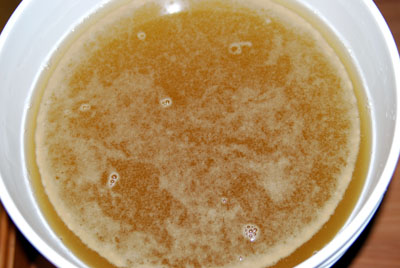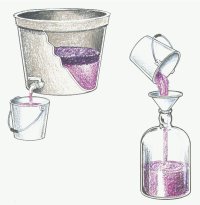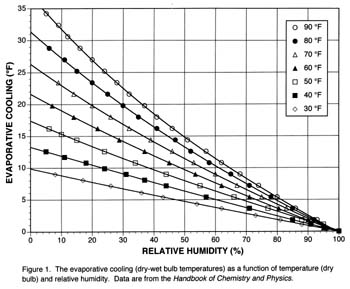Topic: Yeast & Fermentation
I have about 30 gallons (114 L) of Cabernet Franc in 5-gallon (19-L) carboys that have a small yellow ring in the neck. Do you have any suggestions?
The dreaded “ring around the carboy” strikes again! Quickie answer – your instincts are correct. I would rack to clean containers and, since you’ve already added SO2, and since I doubt your
How do you know if it’s too late to add MLF?
Before you set about making any major changes to this wine, make sure that when you taste you are not tasting a sample that has a lot of dissolved carbon dioxide gas
Understanding Yeasts
Without yeast, there can be no wine. But the role of wine yeast goes well beyond alcoholic fermentation — the biochemical process of converting sugar into ethyl alcohol and carbon dioxide. Yeast
Choosing A Wine Yeast Strain
Yeast selection is one of the most important winemaking decisions as the chosen yeast strain is, to a large extent, what shapes the wine, influences organoleptic (sensory) qualities, and reduces the risk
The MLF manufacturer’s instructions say the wine should be less than 15 ppm. Isn’t that risking spoilage?
Since you don’t mention whether the 15 ppm is free or total SO2, it’s tough for me to refer specifically to either the instructions or your protocol. However, I routinely add up
Egg White Fining, Malolactic Levels: Wine Wizard
Is the salmonella (commonly associated with eggs) a problem to consider when fining with egg whites? Bob McKee Tucker, Georgia Egg whites are an ancient, traditional and natural additive and are sometimes
Can you make wine out of anything?
A dear professor of mine in the Department of Viticulture and Enology at University of California at Davis used to say, while pointing down at his wooden podium, “Technically, you can ferment
I recently inadvertently added the wrong yeast to a new batch of frozen Chardonnay juice.
I’m glad you wrote in this question. It points to the importance of thinking about our wines in the big picture sense. Decisions we make in the beginning can affect what decisions
Liquid Yeast for Home Winemakers
When most people think of a great wine and what sets it apart from other wines, they typically look to the usual suspects: grape variety and quality, composition of the grape must,
Country Wine Yeast: Tips from the Pros
Dominic Rivard is a consultant fruit winemaker producing commercial wines in Asia, North America and Europe and author of “The Ultimate Fruit Winemaker’s Guide.” A qualified sommelier, Dominic studied winemaking and oenology at
Maintaining Fermentation Temperatures
When Ray Charles and Betty Carter sang the definitive version of Frank Loesser’s song “Baby, It’s Cold Outside,” it’s a pretty sure bet that home winemaking was the last thing on their
Refermentation, malo on the move: Wine Wizard
What’s with the fizz? I bottled an Amarone from juice about six months ago. I have been trying it every couple of months to see how it is coming along. I opened
Keeping Fermentations Cool
The heat of summer can lead to problems when it comes to winemaking. When the temperature of your fermenting wine becomes excessive, your resulting wine could develop off flavors, off aromas or
How Yeast is Made
Home winemaking continues to gain in popularity. The quality of wines kits has greatly improved over the past several years and, as a consequence, the first experience of many folks curious about
What the Pros Think When They Choose Yeast
According to academics and professionals, if you want to pick the right yeast for your grape juice, knowing what questions to ask is essential. “I view it more as not who do
How Kit Manufacturers Choose Yeast
Wine yeast — or Saccharomyces, which is Latin for ‘sugar-fungus’ — converts sugar into alcohol. While alcoholic fermentation is the most important aspect of winemaking, yeast does more than just bubble out
Wild Yeast: The Pros and Cons of Spontaneous Fermentation
Making wine with wild yeast has been a source of debate for many because of its unpredictable nature. Should you make your wine from wild yeast or cultured yeast? This article will provide some insight to help you make an informed decision.
I made 15 gallons (57 L) of wine in my basement and it won’t finish fermenting. Help!
Dear Wine Wizard, I made 15 gallons (57 L) of wine in my basement and it won’t finish fermenting. Now I am left with a wine that is carbonated, which I do
Same Grape. Different Yeasts
The sensory profile of a wine is its calling card, its résumé and its history. The quality of a wine, and its ability to leave a lasting imprint in our memory, is
If a yeast packet says it makes 1–5 gallons (3.8–19L) of wine, what would be the difference between using it for 1 gallon or for 5?
If you use a 1-5 gallon (3.8–19 L) yeast packet for 1 gallon as opposed to 5 gallons, it is likely that your fermentation will proceed faster, have a more yeasty aroma
Picking the Proper Wine Yeast: Tips from the Pros
Stephen Smith attended wine appreciation classes at Denver University in 1982–84, winemaking seminars at the New Mexico Wine and Vine Society in Albuquerque from 1984 to the present, and extension courses at
Delestage Fermentation: Techniques
As an enophile, I enjoy almost every type and style of wine. However, my true love is — and always has been — big, bold, oak-aged reds, the type built for the
How can I keep my fermenters cool during hot weather?
Wine Wizard replies: At my winery, I sometimes ferment grapes in the large, plastic bins they were picked in and I have similar cooling issues to the ones you’ve described above. Cooling
Evaporative Cooling
The grapes and apples are picked, crushed and pressed. Everything is a go for fermentation. Except it’s too hot! You want a cool fermentation, around 60 °F (16 °C), but the coolest
Ice Your Wine! Hot Weather Tips
It was early August 1988. My mother lived near Temecula, California on a property with 100 Cabernet Sauvignon vines. My husband and I were bringing the small vineyard back to life after

